-
Posts
47 -
Joined
-
Last visited
Content Type
Profiles
Forums
Gallery
Downloads
Blogs
Events
Store
Aircraft
Resources
Tutorials
Articles
Classifieds
Movies
Books
Community Map
Quizzes
Videos Directory
Posts posted by gimballock
-
-
I think it depends on the aircraft.
Anything over 10,000 should be insured or anything encumbered by a loan.
A little run-about that you bought outright might be better off uninsured.
A guy in one of my hangars has a Tyro running a 277 that he doesn't insure.
-
Yes, I think that some considerations should come under the category of "It's just one of those things."
A number of owners I have spoken to don't even bother annuating costs - they just put fuel and oil into it and pay the bills (tyres, re-skinning etc) as they come up.
After a while it gets a bit like claiming "Neighbour's dog kept me awake all night with its barking!" as a deduction on your tax return... or the cost of replacing fuzzy dice as a running cost for your car!
The question is: Where do you draw the line between necessary and unnecessary?
-
Ooooooh!
Tempting!
But this is exactly what I'm looking for - an honest little aeroplane that costs little to buy, cost little to run, costs little to store when not in use.
If there's one now, there's bound to be another one when I've convinced The Boss that we can afford it.
-
Had a look at it.
Yes, it looks nice.
Yes, it's a steal!
Now, if I could only convince the "Finance and Logisitics Manager" (the wife) whose main objection (moreso than the initial cost of he aircraft) are the ongoing costs which, as it turns out, is the reason I started this thread.
I'd love a little whizz-around aircraft like this!
But, unless it costs little to run and store when not in use, is a return to the initial problem.
Also, it's not actually a finish-built aircraft, so it's a "Need a workshop and some more money" situation.
Ultimately, it's looking more and more like "Wait until you win Lotto and then we'll talk about it!"
-
All these debates have raged in my head for years but the short of it is that, as it is, I barely fly 10 hours per year at the current rates.
All I tend to do is dual circuits and revision for an hour, once every 3 months in a Jabiru J160 for $120 per hour (private hire ex-instructor) or a Tecnam P96 for $160 per hour (private hire ex-instructor!)
Trying to come up with strategies to improve this situation.
I'm not expecting that, if I muck around with a spreadsheet, I'll suddenly discover that it's possible for me to own my very own Cirrus SR-22 where I never could before.
I'm expecting it to be more of the case that I end up owning some rag-and-bone ultralight that runs a Rotax 277 (or the like!) just so I have something to beat around in to get my fix.... and I was hoping that, if I could do the numbers right, I could run one for less that 90 bucks an hour.
Yes, my rough estimates for an aircraft like this were starting at about $6000 per year.
Yes, I like the idea of folding wings (developing a fascination for the Flying Flea!) as hangarage is prohibitive - almost as expensive as renting a 1 bedroom apartment!
-
Yes, I thought it was a bit of a stretch.Classic on the driving, would you not be driving your car out to the airfield regardless if you own or hire??I've been driving 200 miles out to the back of nowhere every weekend to chase my flying dreams since my late teens.
(When you get into gliding, often you have little choice!)
But consider, I have a choice:
Drive 120km to the airfield which has *very* cheap hangarage (for owning) and reduced private hire fees (for non-owning) or;
Drive 5 mins up the road where hangarage is normal-to-expensive (for owning) and more expensive aircraft hire fees (for non-owning).
If I was to fly every weekend, a 240km round trip would add up to be more than the cost of hangarage locally.
(The fuel in my little rollerskate is only about 15-20 bucks for the trip but I'd be racking up the kms on the car and go through tyres 3 times as fast.)
But you are correct - If my intention is to drastically increase my flying frequency, the choice is the same!
Good point, Kiwi!
-
I've seen a Hummel up close and I think that something about it captures my ideal type of aircraft - sleek, teardrop shaped, but small and simple.
Just not entirely sure if I would fit into one - I am 6'2" and about 95kg.
As it is, any running cost spreadsheet would need a field for "Annual cost of Chiropractor/Physiotherapy/etc bills for my aching back!' as I can only fit in whilst slouched or hunched over!
If you're from Toongabbie, where do you fly? Wedderburn? Camden? The Oaks?
Cheers,
Gimballock.
-
Thanks for your spreadsheet, Spacesailor.
These seem a lot more reasonable and closer to what I had imagined.
What type of aircraft were you basing it on?
Gimballock.
-
Yes, Crashley, I thought the car and depreciation of the aircraft a bit close to a business model than simply financing an expensive hobby.
Considering all the aircraft I see sitting in hangars, covered in bird poo and cobwebs, I seriously doubt that they finance their hobby with a business model approach.
I could be wrong, but towards the end, I got the feeling that he was ultimately trying to dissuade me from purchasing in favour of continuing to fly his aircraft!
-
Thanks, Roundsounds.
That's a good answer to my question.
-
I've considered trikes and PPGs and if someone said to me, "I'm from the future. If you don't learn to fly a parachute with a lawnmower engine strapped to your back, you'll never fly again!", then I'd do it.
Until it's clear that this is my only option, I'd like to still consider the stick-and-rudder path.
-
It's serviceable?
Cool!
I must try, at least, a Precautionary Search and Landing there!
I flew over it several months ago and it was still a dog's breakfast with Xs at the ends.
-
Hi all,
So, I'm entertaining the idea of owning an aircraft.
I created a basic spreadsheet of rough costings which, when averaged based on projected number of usable hours per year, came up with an hourly rate.
I was using rough figures based on engine type, hangarage cost, insurance, maintenance etc.
I presented this to my CFI for comment, and he totally tore it apart.
He presented a rough, bottom-up approach, which took into account things like re-skinning a fabric aircraft etc and even depreciation of value of the aircraft and, even running costs of my car to drive to the airport.
Given that my aim at this time is a small, single-seat aircraft, perhaps open-cockpit, Rotax 277/447/503/etc (basically the cheapest piece of rag-and-tube that I can get my butt skyward on a regular basis!), can anyone provide me with a spreadsheet template to calculate running costs of such an aircraft?
Also, can anyone who runs such an aircraft give me an example of a reasonable hourly rate to run such an aircraft?
By the way, I am in Australia, so I would need it to be in, or easily converted to, $AUD and metric.
Many thanks,
Gimballock.
-
 1
1
-
-
Whenever the Delta Dyke/Low aspect ratio discussion starts up, this picture also does the rounds:
From what I understand, it was a one-off build, done 20 or 30 years ago and no longer flies.
Shame.
It looks quite cool and sexy!
Almost like some sci-fi spacefighter!
Imagine the nerdgasms you could have in that thing!
:P
-
-
Well, from reading the thread over on homebuiltairplanes.com, it's somewhat of a religious debate.So Gimballock (and anyome else), these lower aspect ration wings seem like a good thing, safe stall etc, not awful looking, and today with CNC equipment and better composite understanding they are actually easier to make than a "normal" plane whichs begs the question why haven't they taken off?There are a lot of proponents, but a few detractors.
I am on screenful number 13 out of 26 and the debate rages on.
These guys are more technical than I am (I fly 'em - I don't fix 'em or build 'em!) and are dealing a lot in Reynolds numbers, Lift coefficients, torsional strengths and discussions on relative weights and performance.
From what I can see, and from what I've learned from talking to a bonafide owner of a one-off, self-designed low aspect ratio, circular winged aircraft, this type of aircraft can:
1) Fly slow
2) Fly stably at all speeds
4) Be as efficient at the correct aspect ratio (1.25) as a higher aspect ratio (6)
5) Land short with a parachute-like descent rate
6) Take off in a relatively short distance
6) Stall and spin resistant.
The main disadvantages are somewhat ugly, bad Lift-to-drag ratio and poor visibility in certain directions (depending on where the pilot sits relative to the wing.)
So, I personally believe that they have some good things going, but there are a couple of die-hard glider pilots who argued (to the point of being a little miffed at each other!) that their problems outweigh their benefits.
As for why they haven't "taken off" (pardon the pun), who knows?
I, for one, like them as a replacement to the autogyro (of which I am a big fan) but without the downside that goes with them.
Ultimately, like many fellow aviators, I look forward to a time when we're all getting around in one of these:
This is my main interest in low aspect ratio aircraft.
The link to the discussion is here: http://www.homebuiltairplanes.com/forums/aircraft-design-aerodynamics-new-technology/6333-very-low-aspect-ratio-planes.html
I continue to read.
-
 1
1
-
-
I've been keenly reading the thread on Very Low Aspect Ratio aircraft over on homebuiltairplanes.com.
Interesting.
Getting into the nitty gritty.
A few "TINSFOS" (There is no substitute for span") detractors are constantly arguing against them.
Interesting, nonetheless.
-
-
That is a great tip! Thank you very much!If you type in Discoplan rather than Discoplane into Google you will reap far greater rewards ....(And here I was thinking that I'm good at foreign languages! Das macht mich stink sauer!)
:)
-
-
Sorry to hear that your health is a problem, Rotax. That's a fear that we all live with.To see the sketch can be viewed by clicking the thumbnail on my previous post. I would need to build and fly more larger scale models of the concept, alas I am limited by my health these days.Where are you located?
-
 1
1
-
-
Thanks, Bex.
Yes, the page is most interesting!
-
By "standard aerofoil", I meant that it was simply one "out of the book" (i.e. one of the tried and true aerofoils used commonly) but he was unable to remember exactly which one when I was talking to him.What "standard" airfoil is it and what does "reflex" mean relative please?A reflex is an upward curl at the trailing edge instead of downwards as per most regular wings on non-tailless designs.
-
Yes, I recall that you said that you prefer the "Inverse Zimmerman" planform.The attached is a sketch of a possible low aspect simple aircraft. I placed the pilot below the wing to address the access, visibility and undercarriage length problems associated with this planform. I admit that it would be better looking and more efficient to sit in the wing, with transparent floor and retract U/C.Rowe's aircraft is *almost* an Inverse Zimmerman, but looking at the fly-by on the video, it's equally clipped at the front as well as the back.
Have you considered building a full-scale version of this?
I'd love to see any experimental aircraft of these kinds actually built and flown.
Thanks.


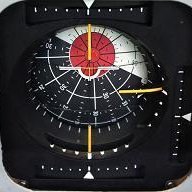
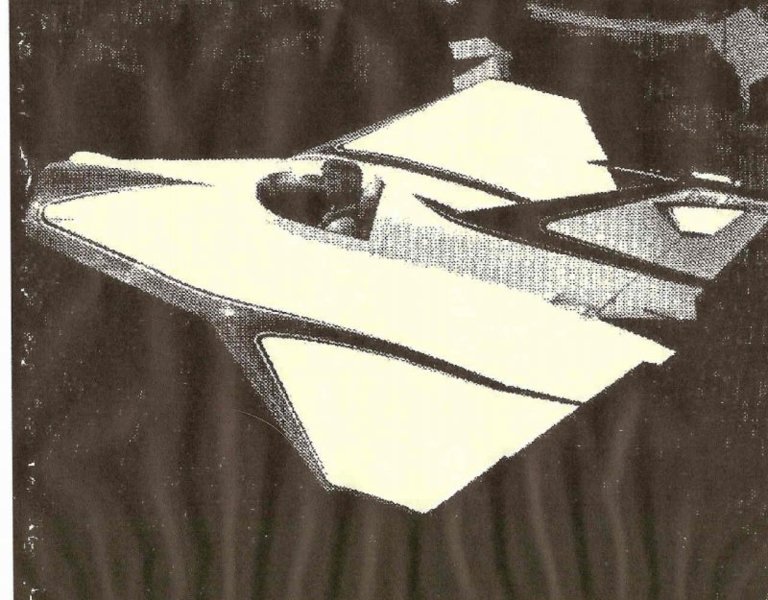
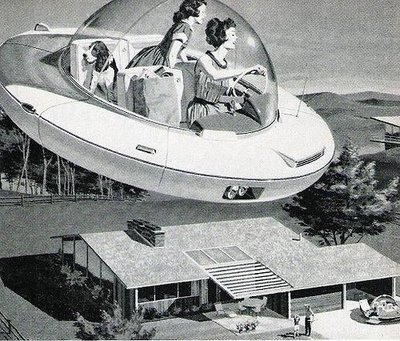

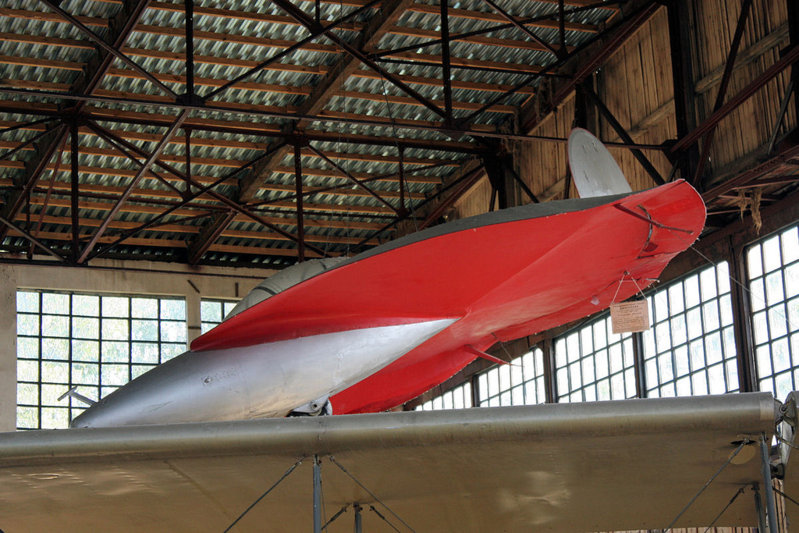
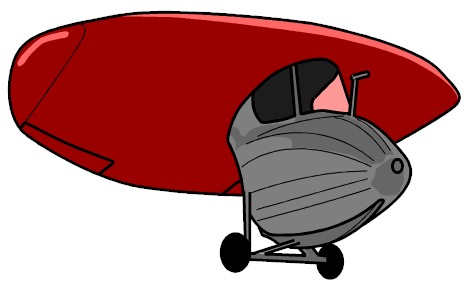
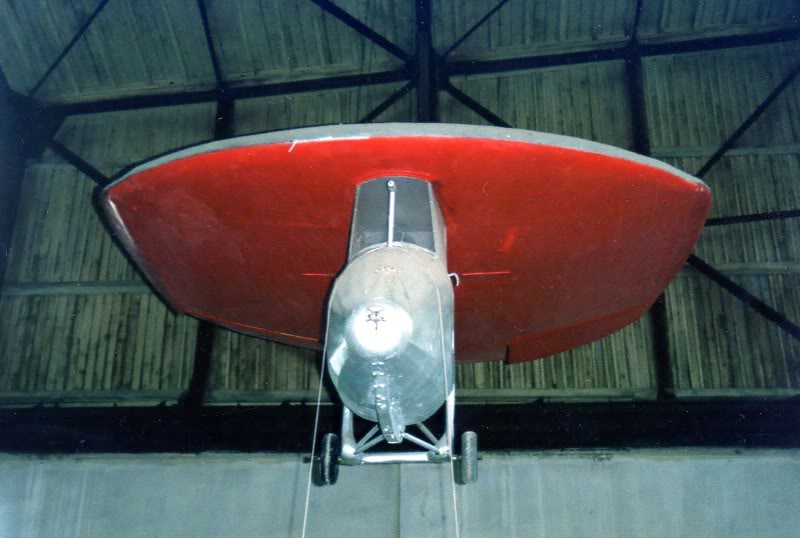
Need a running costs schedule/spreadsheet/etc for a small ultralight.
in Aircraft General Discussion
Posted
Well, every pile of rubbish on the road should have Third Party Property Damage insurance.
I think anything that moves and has the potential to cause damage should have the same.... so, when we say 'insurance', it's generally assumed to be 'hull insurance' I.e. Full coverage to both parties which can cost thousands per year, as opposed to basic 'cover your a$$' insurance, which is assumed to be much cheaper.